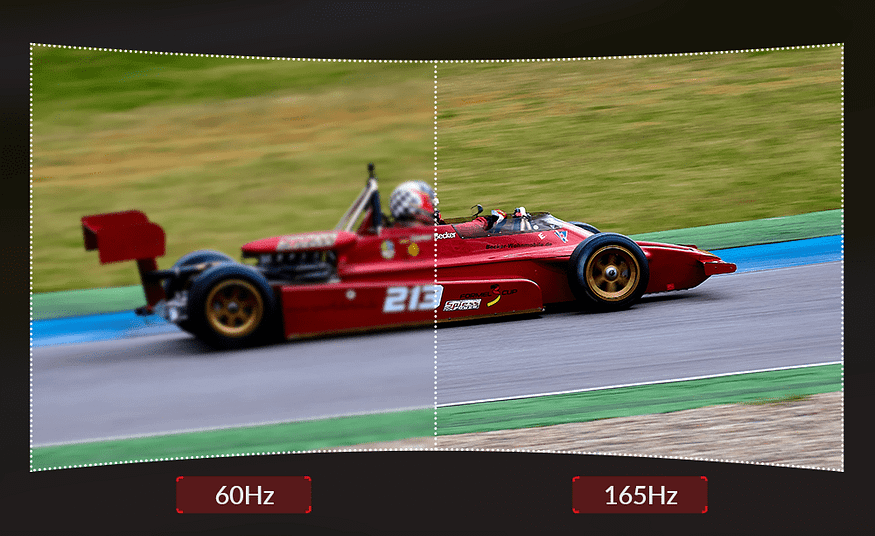KVM Switch: Key Technologies and Considerations
About KVM Switch
Traditional KVM switches are mainly aimed at the commercial market and are mainly used in multi-computer host application scenarios such as computer rooms, data centers, banks, etc., and use the same set of mouse, keyboard, and monitor for switching control.
With the popularity of home office and remote conferencing, more and more individual users need to work and entertain at home for a long time. This brings new challenges to users, that is, how to solve the problem of device collaboration and sharing devices between multiple computers (work computer and personal computer). Users often need to switch between office computers and home gaming PCs, and at the same time want to use the same set of peripheral devices, such as the mouse/keyboard, speakerphone, and camera. The KVM switch is a product specifically designed to solve this problem.
As KVM switches expand from the commercial market to the personal consumer market, the key requirements for KVM products have also changed with market changes.
Following are the key technical indicators of KVM switch products from the perspective of current end users.
Faster Switching Speed
KVM switches are still multi-input switching devices in the traditional sense. Switching from one input device (a computer) to another input device (another computer) requires a certain switching time. For individual users, the faster switching speed (shorter switching time) will greatly improve the user experience, making users switch between multiple computers more freely and smoothly.
Traditional KVM switches generally switch between 5–8 seconds depending on what solution is used. AV Access uses advanced EDID simulation technology to start a connection when the computer is connected and maintain the connection status even though it is switched to another computer. This helps reduce the switching time to less than 2.5 seconds and greatly improves the user experience.
Higher Refresh Rate
Traditional KVM switches only need to meet the refresh rate requirement of 60Hz. However, as the number of individual users increases and computer graphics cards and monitors continue to develop, more and more games and other entertainment content require higher refresh rate support. Currently, mainstream KVM switches on the market need to support high refresh rates such as 120Hz/144Hz.
AV Access provides users with a variety of KVM switch products that can support different high refresh rate requirements.
- AV Access 4KSW21-DM is a dual-monitor KVM switch that supports HDMI 2.0 specifications. It can support 240Hz/165Hz/144Hz and 120Hz refresh rates at 1080P resolution.
- AV Access 8KSW21-KVM is a KVM switch that supports the latest HDMI 2.1 specification. It can support resolutions up to 10K and supports the following resolutions and refresh rates:
- 10K@120Hz(DSC)/60Hz(DSC)
- 8K@(DSC)/60Hz
- 5K@120Hz(DSC)/60Hz
- 4K@120Hz/60Hz
- 2560*1440@165Hz/144Hz/120Hz/60Hz
- 1080P@240Hz/165Hz/144Hz/120Hz/60Hz

Richer Peripheral Interfaces
Traditional KVM switches generally only have a USB for the mouse, keyboard, and a port for the monitor. As KVM products expand to the consumer market, more and more peripheral interfaces need to be added to KVM switches.
AV Access has been digging in the KVM switch market for many years and has a variety of product forms and product types. Now it has brought the Docking Station features into traditional KVM switch products and derived a new KVM Switch Docking product. It not only serves as a KVM Switch that can connect to multiple computers at the same time but also shares rich peripheral interfaces between them like what you can get from a docking station.
One device can connect to multiple computers and a set of UCC accessories at the same time and can be freely switched and shared among multiple computers. It provides a simpler and more convenient environment for personal office use, and will surely become a must-have device for personal home office.
AV Access iDock C10 is a dual-monitor dual-computer KVM Switch Docking product that supports USB-C connection. It provides a wealth of interface types.
As a critical hub for personal home office, it adopts an all-metal body design with a simple shape and elegant appearance and can be placed in the center of your desk.
With this KVM switch docking station, you can connect your laptop with one single USB-C cable and the full-feature USB-C port will enable it to transfer video & USB data, and charge your notebooks, etc. It provides users with simple cable connections and a clean office environment.
It can also provide a professional DP/HDMI interface for game users using desktop computers, providing a higher refresh rate and delay-free video. It also provides dual 4K video output interfaces specifically for multi-screen users such as programmers or designers.
In addition, it also has the function of a 12 in 1 docking station. It provides a 1G network connection, a USB-C data interface, 3 USB 3.0 interfaces, 2 USB 2.0 interfaces, a headphone + microphone integrated interface, and an SD card interface and optical audio output interface for professional video and audio.
Users can simultaneously connect a mouse, keyboard, USB camera, USB speakerphone, gaming headset, SD card, and network router to the KVM device without the need for an additional USB-C dongle, USB-C docking, or KVM Switch. Moreover, this device has a completely driverless design, plug-and-play, and one-click switching, simple and convenient. It saves costs and is super convenient to use.
Source: https://www.avaccess.com/blogs/guides/kvm-switch-technologies/

